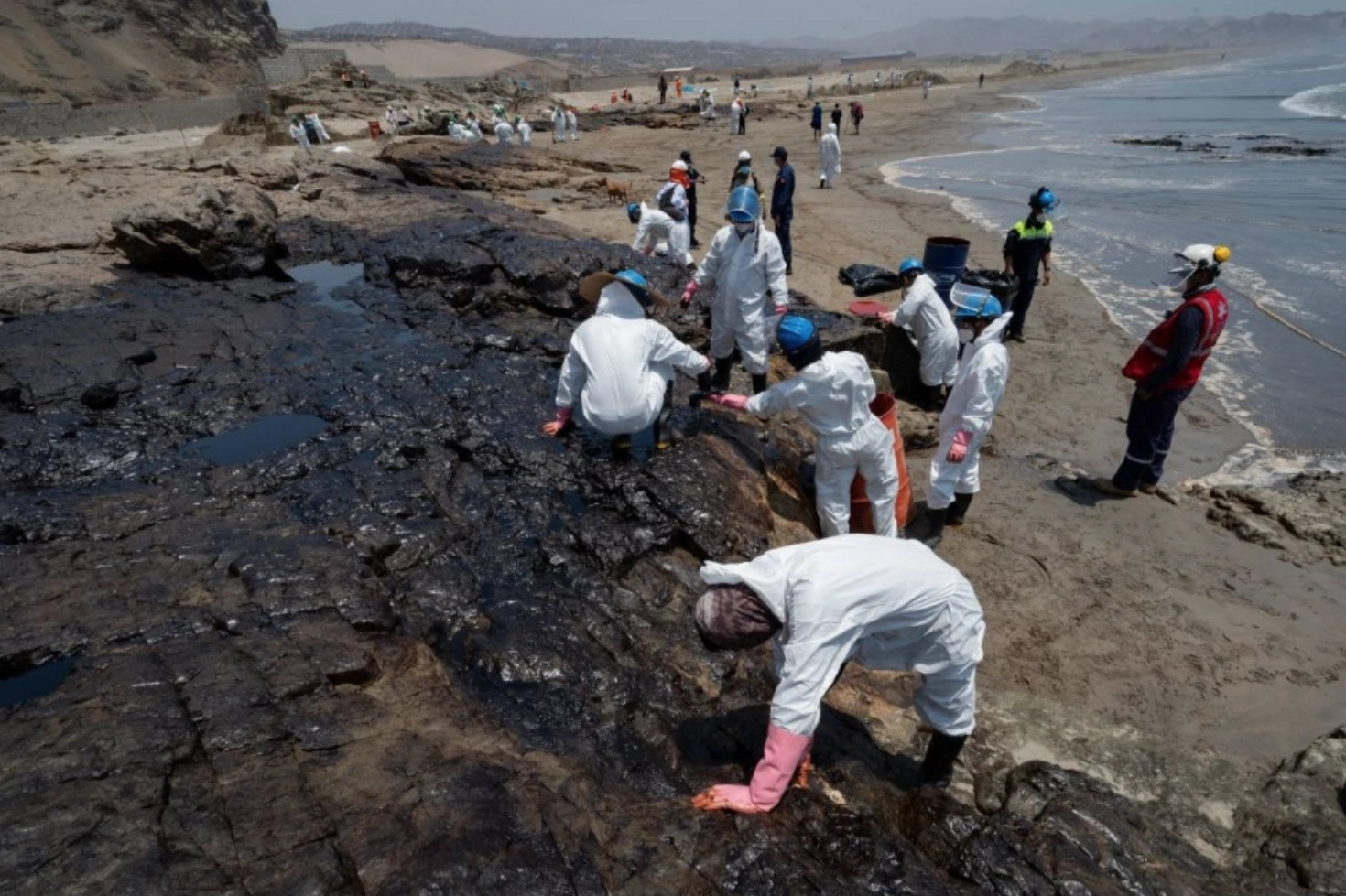The recent environmental disaster off the Peruvian coast caused by the spill of some 12,000 barrels of oil from a supplier ship of the Spanish company Repsol, places the debate on environmental management beyond a simple regulatory issue. Today, just as any service is monetized, from YouTube channels to streaming platforms, there is a growing trend to monetize the services provided by nature. The concept is simple: nature gives us oxygen, food, and recreational spaces for free, but it is likely that the use and abuse of these spaces will end up destroying them. The idea is that collectively, each country should build compensation funds to ensure the sustainability of these spaces.
The Center for Sustainable Development Goals for Latin America defines this idea as Payments for Environmental Services (PES), an environmental governance instrument to guarantee the preservation of ecosystems through economic incentives. These instruments seek to curb environmental degradation and conserve strategic ecosystems, while at the same time caring for vulnerable populations that often live in these environments, providing them with alternative sources of income. In this way, incentives are created so that ecosystems continue to provide their services to all the citizens of a country.
Latin America took a step forward with respect to this novel idea thanks to the vision of Costa Rica, which in 1997 was a pioneer in creating the Forestry Law that recognizes four environmental services provided by forests and forest plantations: mitigation of greenhouse gases (fixation, reduction, and storage of CO2); protection of water resources; protection of biodiversity; and protection of scenic beauty. Mexico followed suit and in 2003 joined the initiative, bringing the total number of hectares of protected forests in these two countries to almost 5 million hectares to date.
In Colombia, an adapted version of this system has been implemented, with an emphasis on building peace in conflict territories. For the past six years, Colombia has shown that, in communities willing to protect the forest, payments are used to reinforce the food, technological and educational resources of these communities. Precisely those basic services that many Latin American countries fail to provide with quality for their most economically vulnerable citizens.
In addition to the forests, could a PES be made for the sea? Peru, being a megadiverse country, with 84 of the 117 life zones and 28 of the 32 types of climate on Earth, should it not also safeguard its ecosystems for posterity in this way?
The sea provides the country with one of its tourist attractions, its beaches, and is also the source of industrial fishing that is the input for fishmeal. In addition, the sea provides incomparable fishing, thanks to the Humboldt current, from which the varieties used to make ceviche and so many other traditional dishes come from. Gastronomy, tourism and so many other activities linked to the sea provide economic value and livelihoods to the citizens of this nation. Why not protect them?
In total, there are 24 PES for Latin America according to the Latin American Center for Sustainable Development Goals (CODS), of which Peru has only one such program in a small watershed in the country’s southern jungle. Ecuador, the neighboring country, on the other hand, has five at the national and regional levels. This detail is important considering that Peru is a larger country. The potential is immense.
Let us now pretend that Peru would have had an active program to protect marine biodiversity along its entire coastline before the Repsol oil spill. What should this PSA look like? Beyond technical details, some fundamental elements should be included. On the one hand, a national fund to grant a minimum wage for artisanal fishermen. So, in the fishing areas, they can provide the necessary conditions for the sea to continue regenerating and providing species. In addition, support should be provided for the monitoring and reporting of incidents to generate an early warning by those who avail themselves of the incentives. And finally, an additional regulatory framework that contemplates ecosystem reparations, beyond fines for those who transgress the services of these ecosystems.
Peru is currently struggling with apparently shorter political periods, a fact that prevents the political class and organized civil society from planning strategies such as PES. In 2021, eleven ministers were replaced and each of them lasted an average of 14 days in office. This final reflection should generate a warning about what kind of institution and what degree of autonomy a PES should have if it is to be sustainable in the midst of such political instability.
Translated from Spanish by Janaína Ruviaro da Silva













